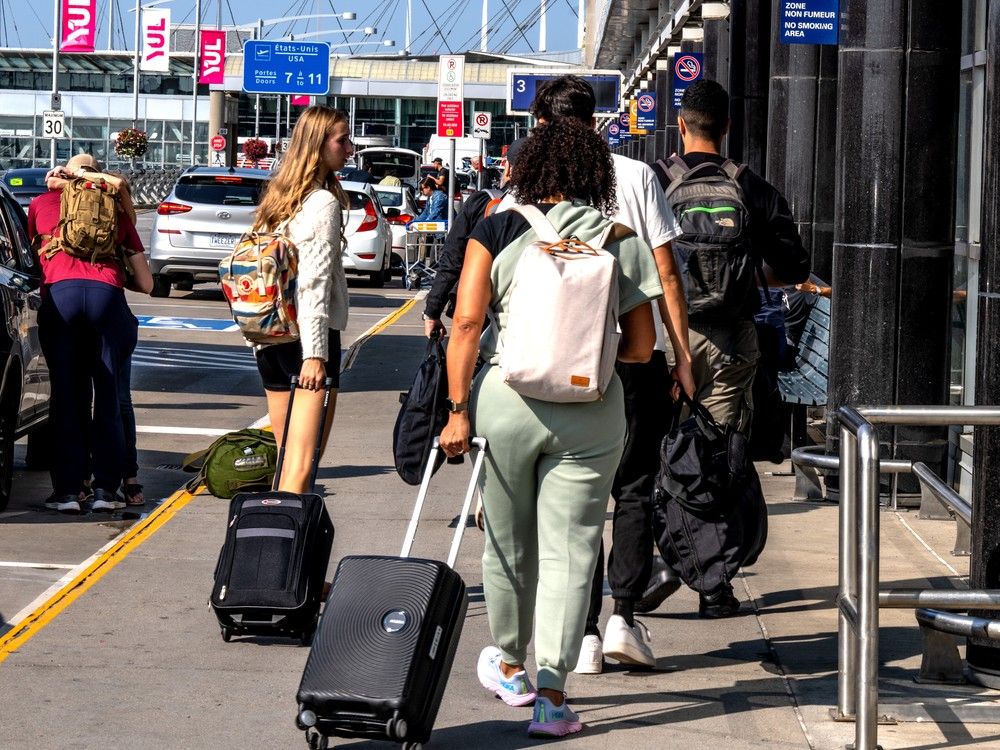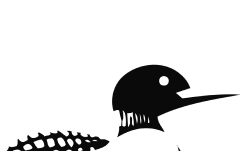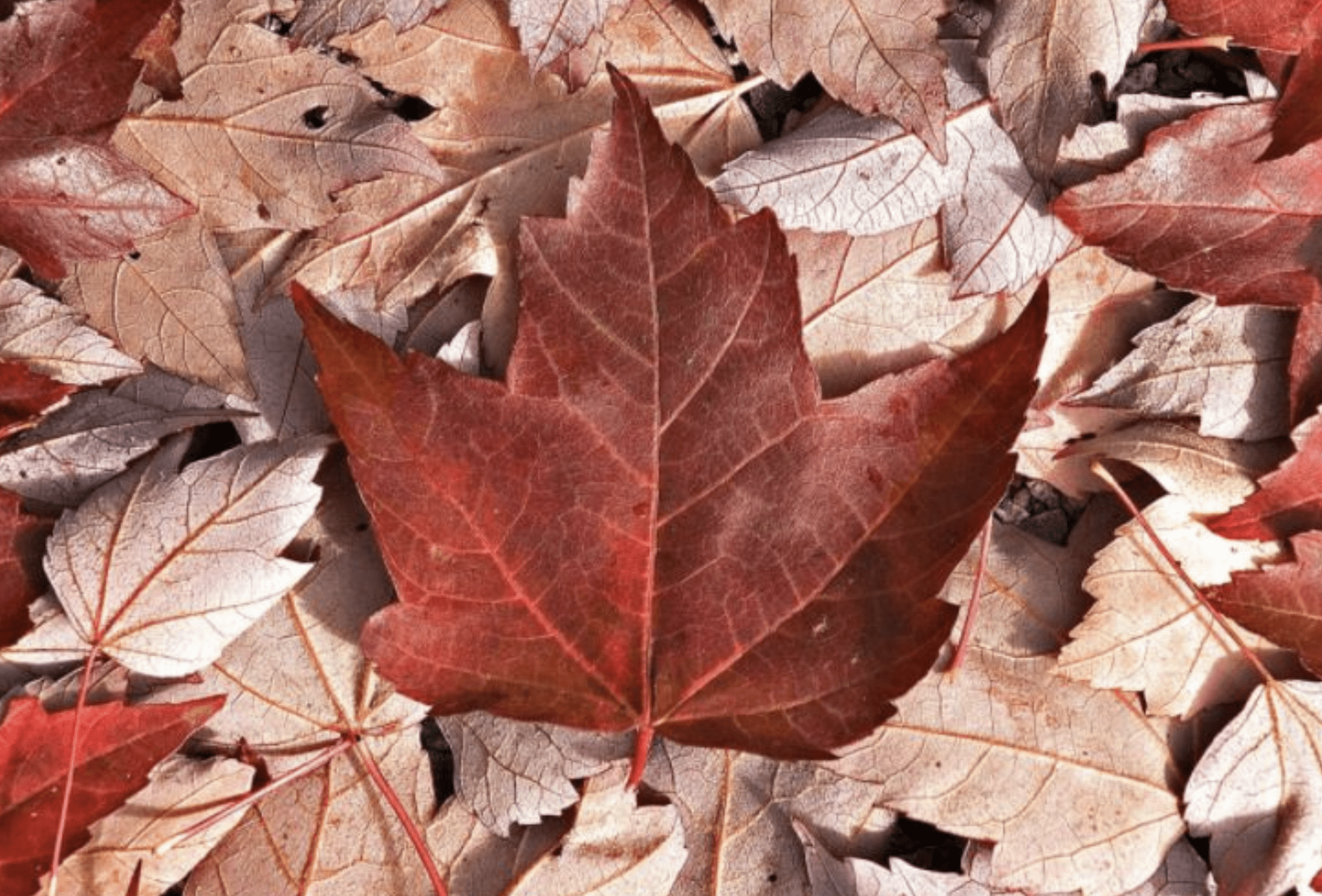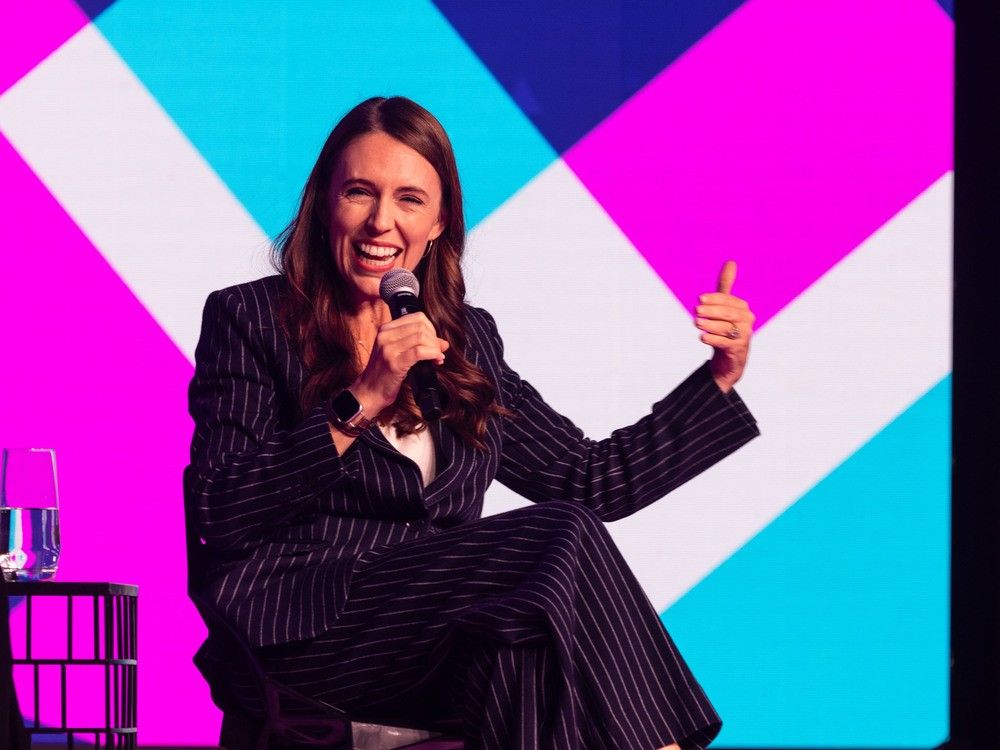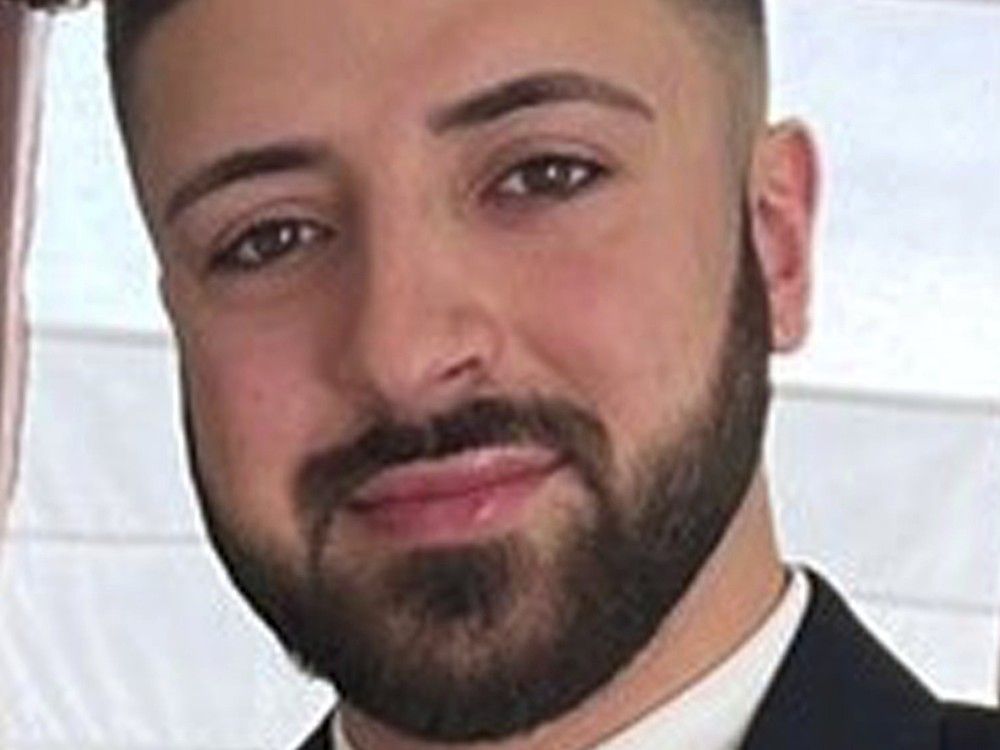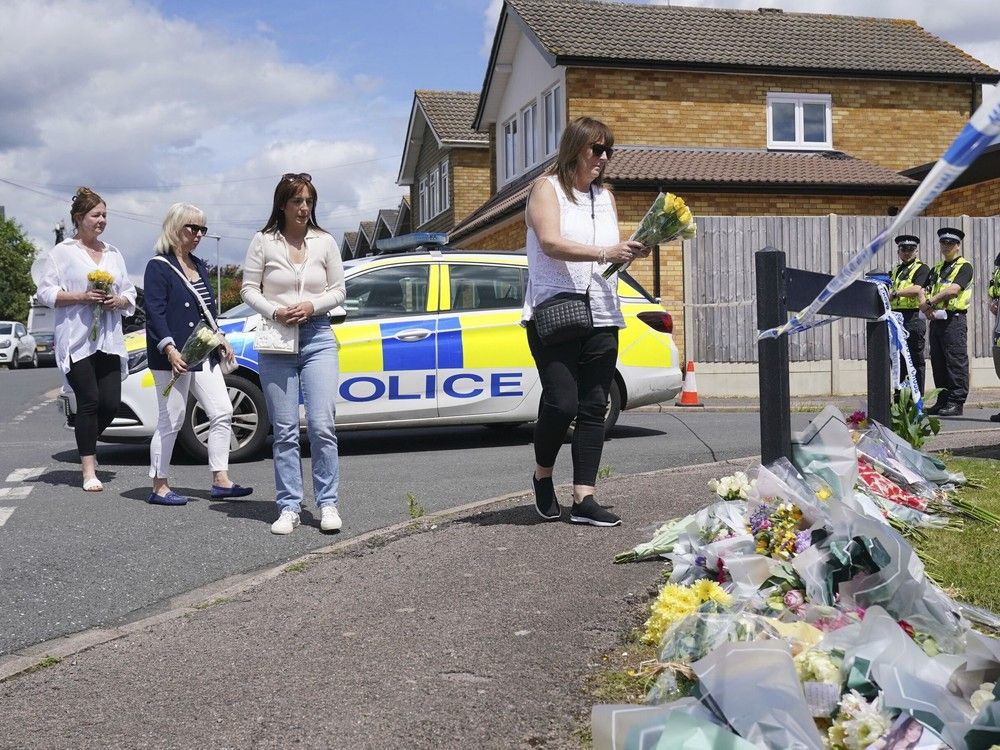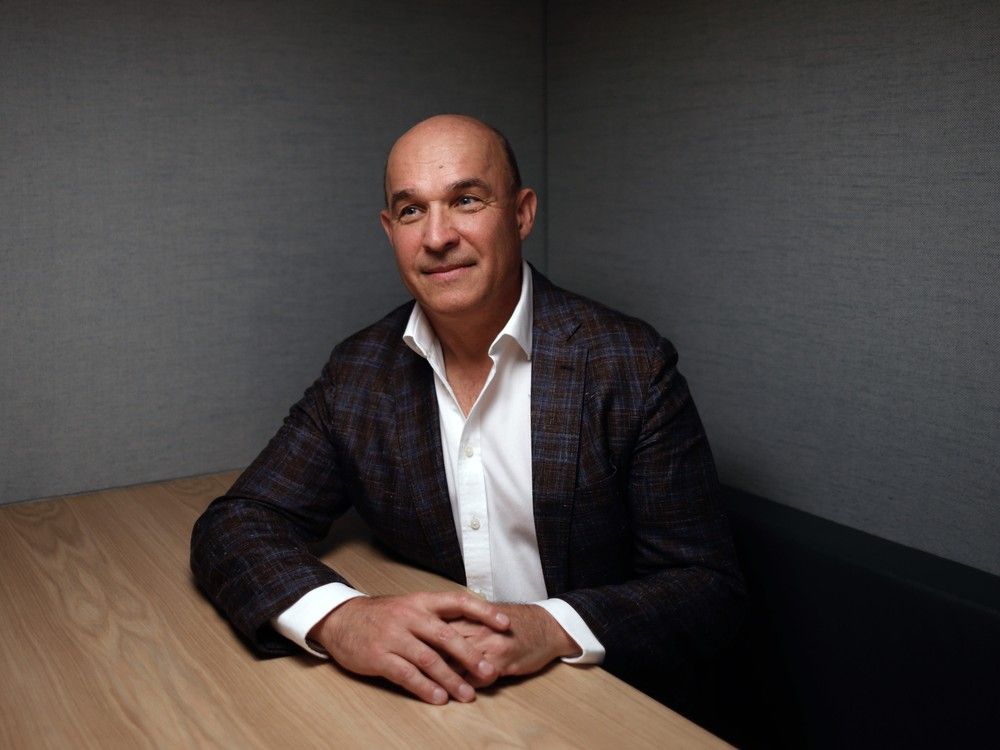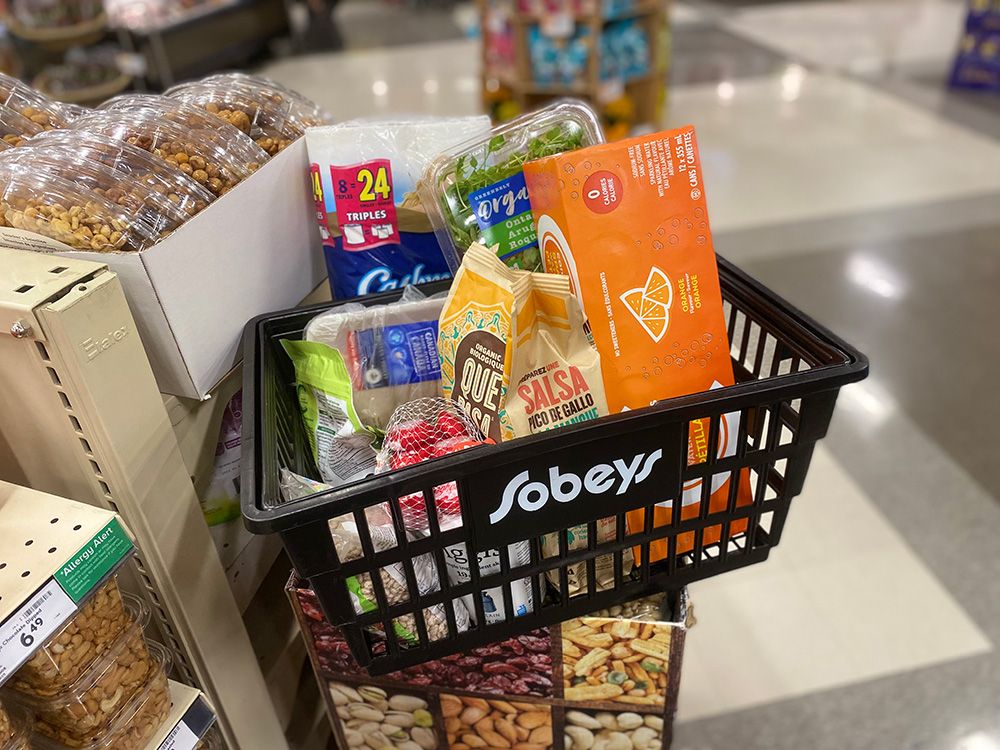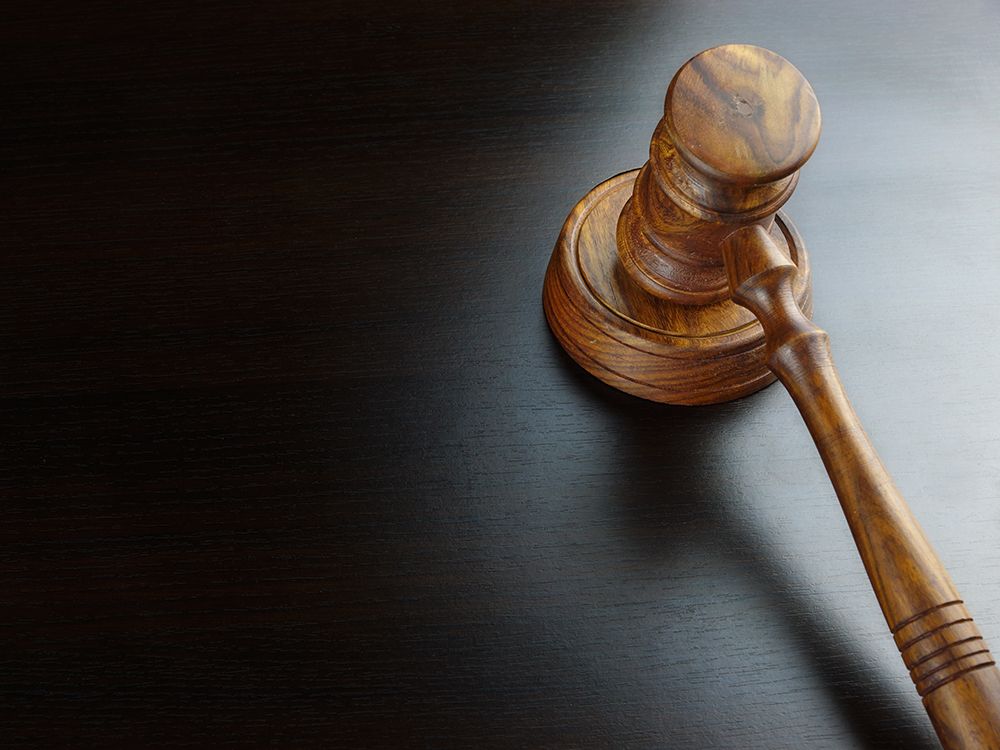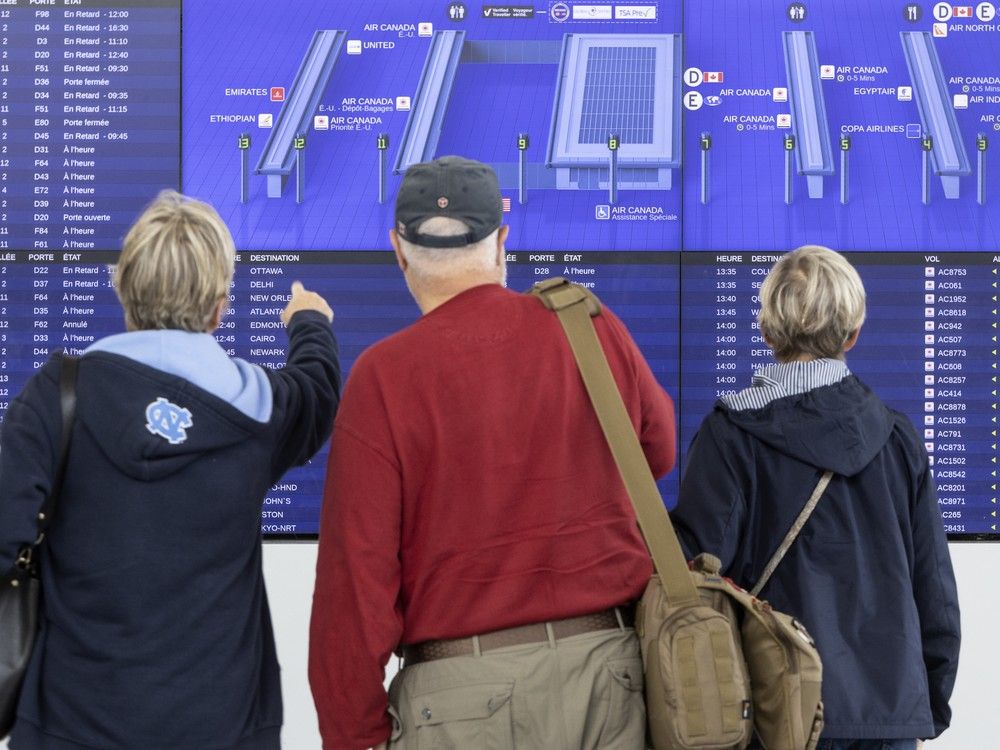
Inspired by a
La Presse
experiment, I learned the cost of convenience. It’s not just the expected fees that add to the hefty totals for groceries ordered via food delivery apps, though. Overall, ordering from Sobeys’ Uber Eats storefront was 45 per cent more expensive than shopping IRL. My bill jumped from $73.16 at a Toronto brick-and-mortar Sobeys location to $105.88 via the delivery app.
Bag, service and delivery fees, tip and taxes notwithstanding, my items cost 16 per cent more in-app, and the on-shelf sales applied only two-thirds of the time.
La Presse journalist Marie-Eve Fournier’s groceries increased 116 per cent, from $38 in-store to $82 from the same Montreal IGA on Uber Eats. Fournier admits she “cheated a little” by selecting items from the flyer. My only guiding principle was choosing products I usually buy at Sobeys: chicken thighs, dried beans, yogurt, cheese, arugula, frozen blueberries, sparkling water, tortilla chips and toilet paper.
Four of the nine items I bought were Sobeys’ house brand, Compliments. Three were on sale in-store, two of which were reduced in-app.
I added products to my virtual cart at the same time as my physical one, making sure there was plenty of stock so my Uber Eats shopper wouldn’t have any issues fulfilling the order. It occurred to me as I completed my purchase that we were in the store at the same time. As I fumbled at the self-checkout, my shopper was already walking the aisles. They delivered my order a little over an hour after I placed it.
Regular-priced items such as arugula, dried beans, sparkling water and tortilla chips were five per cent more expensive in the app than in the Sobeys store. Of the in-store sale items, yogurt and frozen blueberries cost 17 per cent more online, and toilet paper went up 40 per cent. Let that sink in.
Call me naive, but I assumed the prices in an online storefront would match those on physical shelves. “Join the club,” says Sylvain Charlebois, senior director of Dalhousie University’s
Agri-Food Analytics Lab
, a colleague of Fournier’s but not involved in her
Uber Eats column
. “I used Instacart a few times during COVID, and that’s it. So, I wasn’t aware of these price discrepancies at all, and I suspect many Canadians aren’t either.”
According to Keerthana Rang, corporate communications lead at Uber Canada, “Merchants are responsible for setting their own prices on their Uber Eats storefronts. Prices set by merchants in the Uber Eats app may differ from those in-store. Merchants that do offer in-store pricing on Uber Eats are highlighted with an ‘in-store pricing’ badge in the app, such as Metro, Food Basics, LCBO and Giant Tiger.”
So, why do some retailers set higher grocery prices on delivery apps than in stores? Sobeys, which has partnerships with Instacart and Uber Eats, didn’t exactly answer the question.
“The pricing on these platforms reflect different service models. In-store promotions and promotions featured on Voilà may not be applicable on Uber Eats and/or Instacart,” Sobeys said in an email to National Post.
At time of writing, a Sobeys spokesperson hadn’t responded to a request for more information on the nature of these service models and how they affect the prices of regular (non-sale) items. On Voilà, the supermarket chain’s home delivery service, prices for the products I bought matched those in-store.
“We’ve grown to accept or expect that prices are going to be consistent in-store and online,” says Jenna Jacobson, the director of Toronto Metropolitan University’s
Retail Leadership Institute
and an associate professor focused on retail management. “But there are many, many times, even in regular retail, where that’s not the case, where things may be more expensive in-store even.”
A disconnect between prices can happen in other sectors, but an online surcharge is especially common with groceries, takeout and restaurants, Jacobson explains. “It’s quite a complicated consumer marketplace, and every app or retailer gets to set the terms. The power consumers have is determining whether they buy into it, whether it’s worth it for them or not.”
Pricing inconsistencies are just one part of the issue — there are also the fees. On May 28, Toronto-based law firm
Koskie Minsky LLP
filed a statement of claim against Uber Eats Canada, alleging it charges customers a hidden fee of roughly 10 per cent of the cart. The firm told
CTV News
that the levy is a “quintessential example of
drip pricing
practices” (when companies draw customers in with low prices only to add mandatory fees at checkout).
Similarly, on June 9, the
Competition Bureau
announced it’s suing DoorDash for its “deceptive price and discount advertising.” (DoorDash has disputed the Competition Bureau’s allegations.)
Allegations of drip pricing aside, I was aware of the fees applying to my grocery order before I authorized the transaction: bag fee ($1, which “may apply if mandated by law or charged by the merchant,” says Rang), service fee ($6.99), delivery fee ($2.99) and tax ($4.82). (Plus a 15 per cent tip; $14.55.) What wasn’t apparent, though, is that the grocery prices were higher.
Despite my surprise, the 45-per-cent increase I experienced aligns with what Jacobson would expect. Fournier’s 116-per-cent increase “would be a lot.” Individual grocery items could cost from five to 15 per cent more online, which is also mostly what I experienced. (The 40 per cent toilet paper increase was the outlier.)
Mark-ups vary across platforms, restaurants and retailers, making them challenging for consumers to detect. On average, though, they equate to “a significantly higher bill,” says Jacobson. They can depend on the time of day or length of the delivery window. You could join a subscription model, in which you pay a set fee each month in exchange for lower service and delivery fees, or you could pay the standard fees plus “an optional, but often expected” tip.
In the case of Uber Eats, 100 per cent of the tip goes “directly to the delivery people,” says Rang. Earnings also include the fare, which is based on the estimated distance and time. “Additionally, in B.C., and beginning July 1 in Ontario, a government-initiated minimum earnings standard is in place, ensuring that delivery people receive a guaranteed base pay for their engaged time.”
Factoring in the fees and potentially higher item prices, “your typical delivery app order for your groceries is certainly going to have a large convenience premium,” says Jacobson. For some consumers, these premiums may be justified. “When you’re talking about grocery, there’s a pretty significant amount of time that people are spending in the grocery store going around, picking their fruits and vegetables and finding the produce.”
Jacobson suggests consumers be strategic: Avoid paying more for last-minute or evening delivery slots and determine which platform works best for what you need, which changes over time.
Charlebois also highlights the “sky-high” cost of convenience when using apps like Uber Eats for groceries.
The ethics of the issue are critical, he adds. “I think everyone agrees that there’s a price to pay for convenience. But does that price go up when greed is involved? And when you have seniors and people that are chronically ill — they just got an operation, they’re not able to be mobile for a while, they can’t leave their home — they have to get their food delivered, and they’re paying extra for all that.”
Some people who use food delivery apps for groceries have options, “but many do not,” says Charlebois.
According to Statistics Canada’s
consumer price index
, the food inflation rate fell from 3.8 per cent in April to
3.4 per cent
in May. On June 24, “
I posted that
and online, people are saying, ‘Oh, my God, it’s too much.’ We’re talking 45 per cent,” says Charlebois, referencing the price difference I encountered. “Forty-five — for food.”
Jacobson says there’s “big growth” in grocery delivery, with players such as Uber Eats offering promotions to entice people to place their first orders and move from in-store shopping. According to
Statista
, the revenue of the grocery delivery market alone is expected to grow by 10.8 per cent in 2026. This year, the average revenue per Canadian grocery delivery user is estimated to be roughly $753.
Consumers need to know what’s playing into the premium they’re paying before they can make an informed decision about whether the extra cost is worth it to them or not. When I ask Jacobson who’s responsible for sharing this information, she said, “There’s definitely a shared responsibility (between retailers and platforms). But at the end of the day, it’s the consumer who makes the decision as to where they want to spend their money.”
So, after all of this, who should I be mad at? One thing’s for sure: not my shopper, who left the comfort of their air-conditioned car to haul groceries on the
hottest day
since July 13, 2016. Thank you for your service.
Our website is the place for the latest breaking news, exclusive scoops, longreads and provocative commentary. Please bookmark nationalpost.com and sign up for our cookbook and recipe newsletter, Cook This, here.
